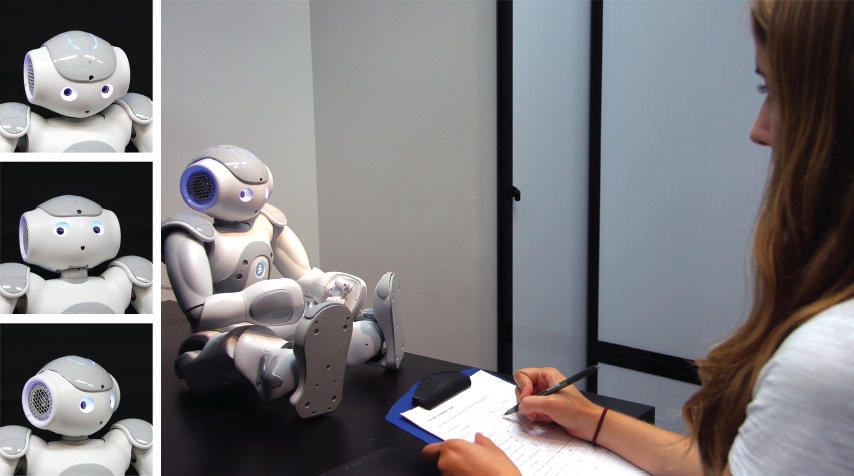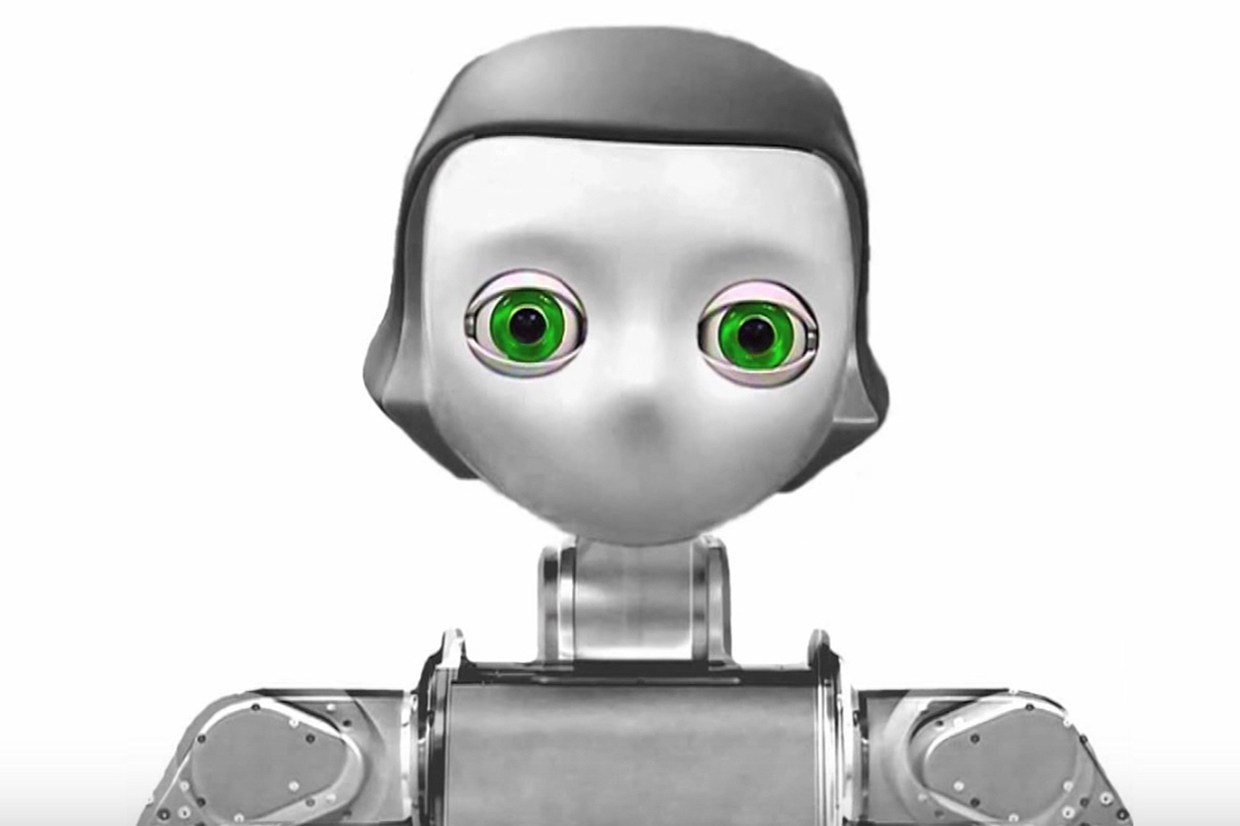
In a world of ever-changing technology, a certain fear and curiosity rises up about robots. There are thrillers about Artificial Intelligence getting the best of the human race. However, robots are still advancing.
There is now a robot with what is called a ‘social gaze.’ It changes how it looks at you based on your personality, processed by an algorithm created from studying the habits of real people. Depending on if you are an introvert or extrovert, it can pick up on your social cues and respond accordingly.
This robot was designed by University of Wisconsin-Madison’s Sean Andrist, a PhD candidate and research assistant in the Department of Computer Sciences. In his research, Andrist focuses on “the development of communicative characters, including both embodied virtual agents and social robots, that can use humanlike gaze mechanisms to effectively communicate with people in a variety of contexts, including education, therapy, and collaborative work.”
So a robot with a personality can go a long way into helping people. Andrist’s algorithm programs the robots to look at you at the right times, in the right ways. When we talk with one another, we look away and look around. Now robots can do the same, allowing you to have a more fluid conversation with them. The robots pick up on when you’re about to speak – you look away first – and when you expect someone to speak – you look at that person.
This isn’t just to help introverts talk to an introverted robot, or extroverts with extroverted robots, but to help people. Humanoid robots are made better communicators with the social gaze. Consequently, they can help people more effectively, especially the elderly, physically impaired, or those with cognitive disorders. For example, an elderly man can be reminded to take his medications and stay active. Encouragement that is more humanlike will be more effective between robots and people.


